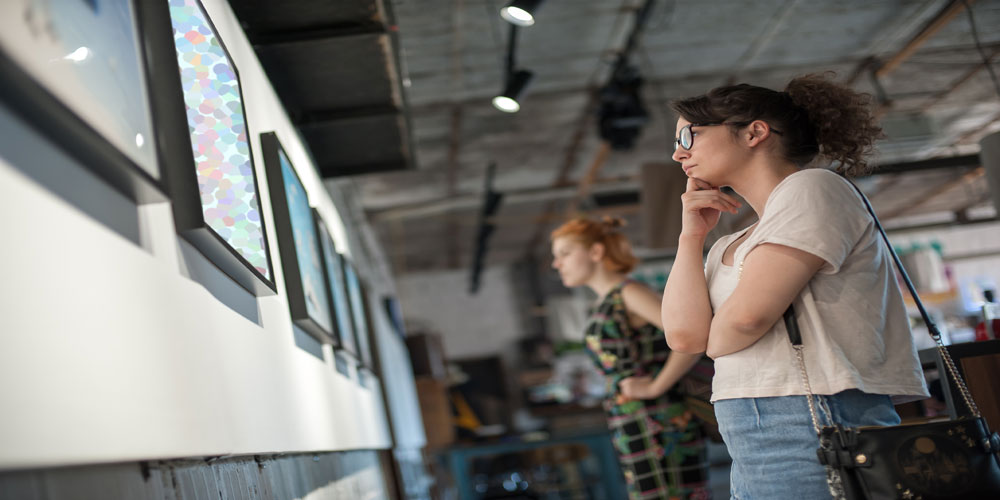How to Capture Great Photographs
The art of photography holds immense value, as it preserves a single moment that can never be relived. It immortalizes our memories. With various types available for different circumstances, this piece delves into the specifics of these types and when to use them. Additionally, it provides expert insights on elevating the quality of your photographs. Prepare to expand your knowledge on the captivating world of photography.
Snap your photos swiftly. The longer you delay, the greater the likelihood that your subject will relocate, change their stance, or grow weary and cease smiling. Begin capturing shots as soon as possible and don’t be concerned about perfecting the camera before the initial snap. The faster you shoot and the more pictures you take, the higher your chances of obtaining a quality shot.
To prevent red eye, adjust the angle of your camera’s flash. When the flash is aimed directly at the eyes, it can create a red tint. Correcting this will enhance your photos and produce a more natural look for your subjects.
To capture great photos, it is necessary to move closer to your subject. Although most cameras have a zoom feature, physically getting closer will result in a higher quality image. Additionally, taking a careful look at your subject will help you better understand and capture its essence.
Keep in mind the impact weather can have on your photos. Although not always apparent at the time of capture, a cloudy sky can lend a somber feel to your images. Adapt your composition accordingly and allow the weather to spark creativity for unique shots. Consider waiting for varied weather conditions before shooting as well.
When capturing landscapes, it is important to consider the field depth. To add a sense of scale, including a recognizable object in the foreground can be effective. To achieve sharpness throughout both the background and foreground, using a small aperture (no larger than f/8 on a digital camera or f/16 on an SLR) is recommended.
To prevent red eyes in your pictures, ensure that your camera has either built-in red eye reduction or that you adjust the angle of your flash. In case any photos do end up with red eyes, they can be easily edited out using a graphics software like Corel or Photoshop.
As mentioned previously, photography is a fantastic medium of artistic expression. It has the ability to preserve our memories and evoke feelings of nostalgia. If you are not well-versed in photography, fret not, as you have just gained some valuable insight on the various forms it encompasses. This knowledge will come in handy when encountering situations that call for specific types of photography, along with tips and techniques for achieving a more polished result.
So don’t hesitate any longer, grab that new camera and start experimenting!









